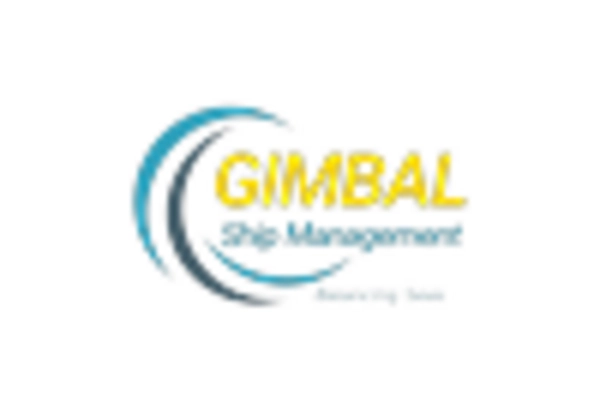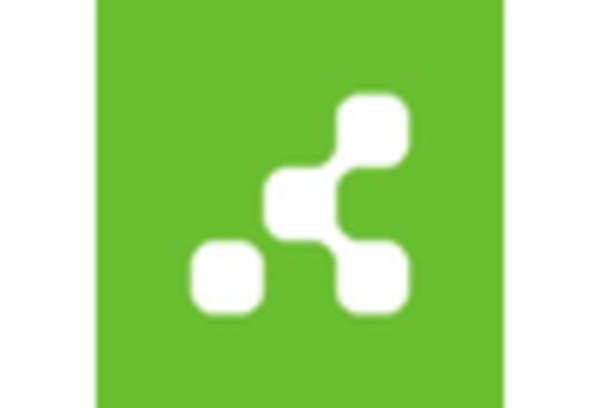Growth of Smart Retail Solutions
The growth of smart retail solutions is a significant driver for the ble beacons market. Retailers are increasingly adopting smart technologies to enhance customer experiences and streamline operations. The integration of beacons into retail environments allows for personalized marketing, inventory management, and customer analytics. In the US, the smart retail market is expected to reach $50 billion by 2026, with a substantial portion of this growth attributed to the implementation of ble beacons. This trend indicates a strong potential for the ble beacons market, as retailers seek to create more engaging shopping experiences and improve customer loyalty through targeted promotions and real-time interactions.
Advancements in Bluetooth Technology
Technological advancements in Bluetooth technology are significantly influencing the ble beacons market. The introduction of Bluetooth 5.0 has enhanced the range and speed of data transmission, making beacons more efficient and reliable. This improvement allows for better connectivity and interaction between devices, which is crucial for applications in retail and smart cities. The US market is witnessing a surge in the adoption of these advanced beacons, as businesses aim to leverage the latest technology to improve customer experiences. The ble beacons market is likely to see increased investments in research and development, as companies strive to innovate and stay competitive in a rapidly evolving technological landscape.
Expansion of Mobile Payment Solutions
The expansion of mobile payment solutions is emerging as a key driver for the ble beacons market. As consumers increasingly prefer contactless payment methods, businesses are integrating beacons to facilitate seamless transactions and enhance the shopping experience. In the US, mobile payment transactions are expected to exceed $1 trillion by 2025, indicating a robust market for technologies that support these transactions. The ble beacons market is poised to capitalize on this trend, as beacons can provide not only location-based marketing but also facilitate secure payment options, thereby attracting more customers and driving sales.
Increased Focus on Customer Experience
An increased focus on customer experience is driving the growth of the ble beacons market. Businesses are recognizing the importance of creating seamless and personalized interactions with customers. By utilizing beacons, companies can deliver tailored content and offers based on customer location and preferences. This trend is particularly evident in the US, where customer experience initiatives are projected to account for over 60% of marketing budgets by 2025. The ble beacons market is likely to benefit from this shift, as organizations invest in technologies that enhance customer engagement and satisfaction, ultimately leading to improved sales and brand loyalty.
Rising Demand for Location-Based Services
The increasing demand for location-based services is a pivotal driver for the ble beacons market. Businesses across various sectors, including retail, hospitality, and healthcare, are leveraging these services to enhance customer engagement and improve operational efficiency. In the US, the market for location-based services is projected to grow at a CAGR of approximately 25% over the next few years. This growth is largely attributed to the need for personalized marketing strategies and real-time customer insights. As companies seek to optimize their marketing efforts, the ble beacons market stands to benefit significantly from this trend, as beacons provide precise location data that can be utilized for targeted promotions and services.














Leave a Comment